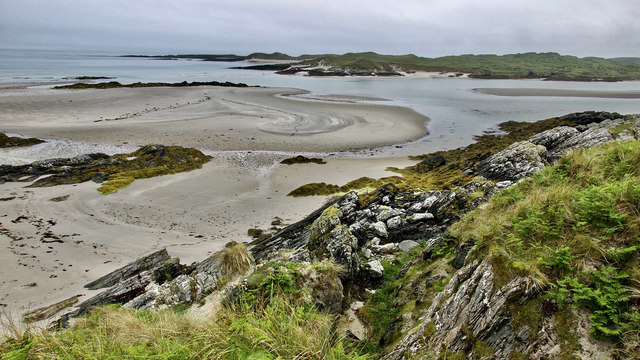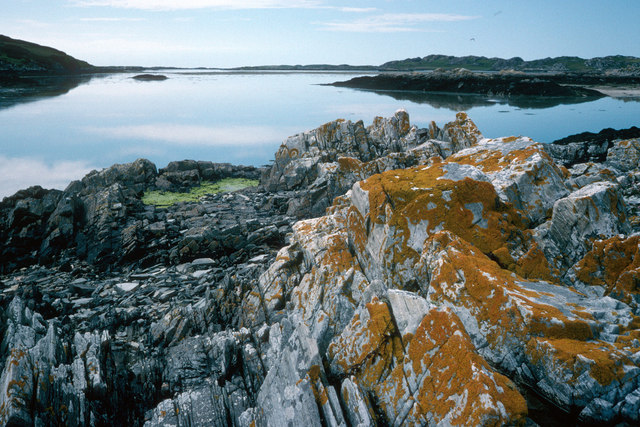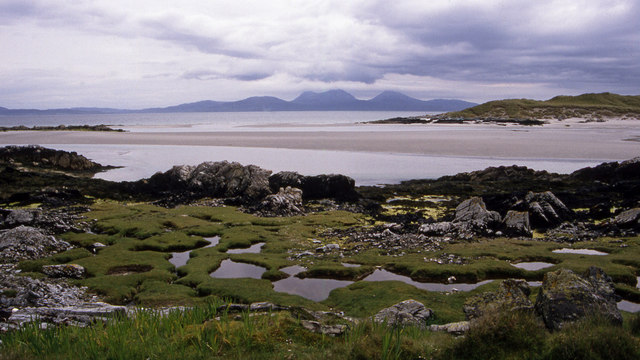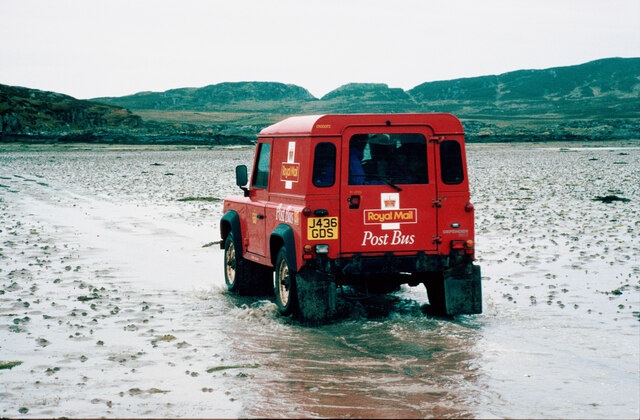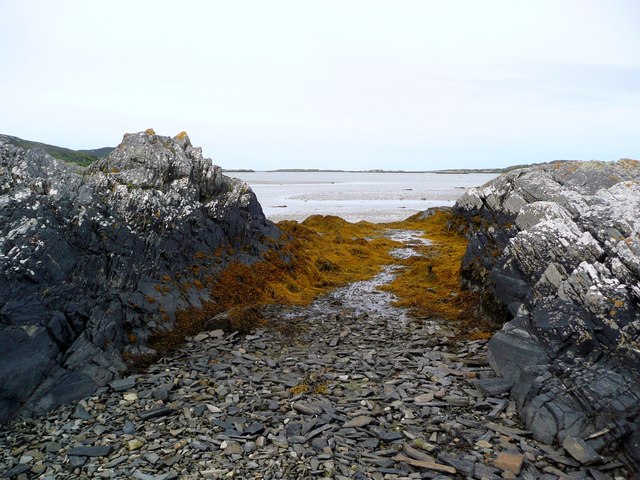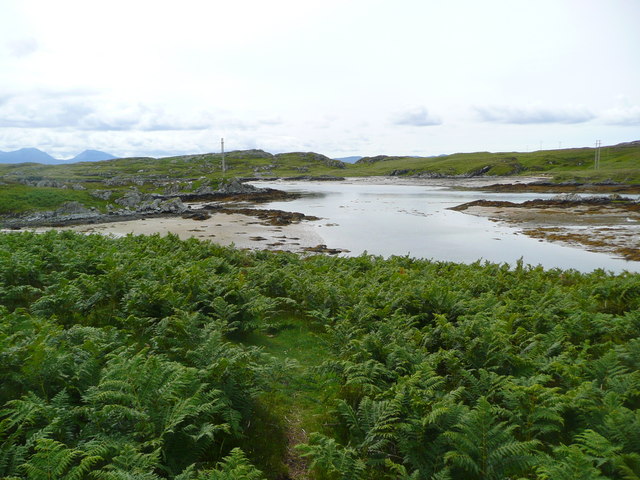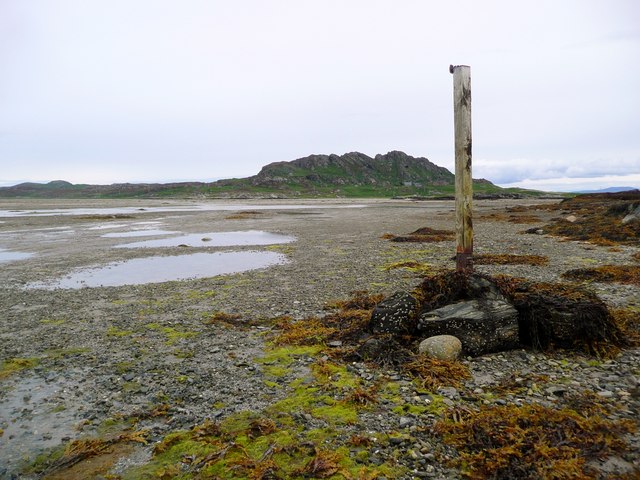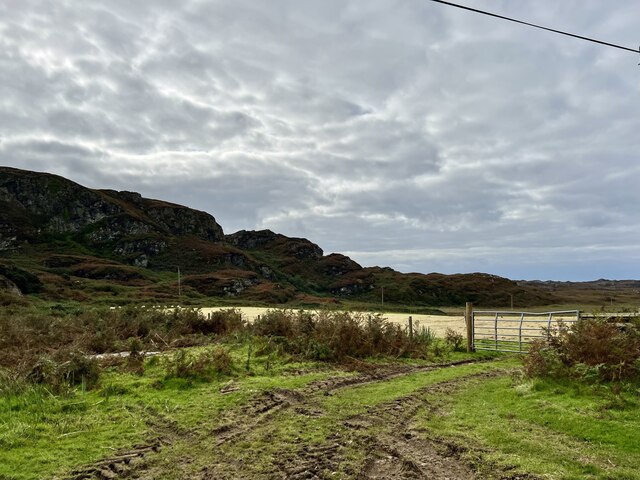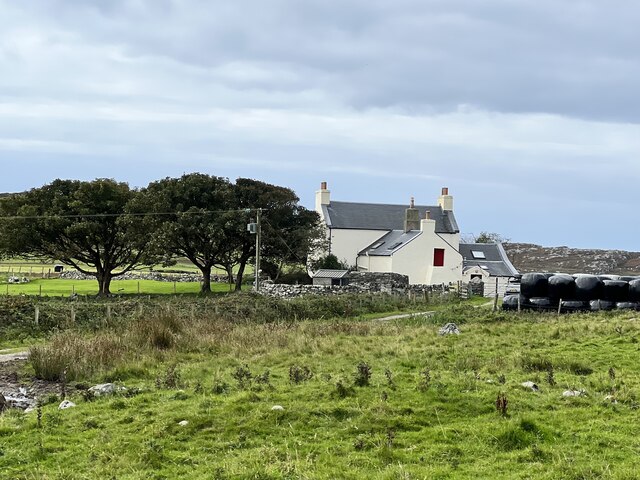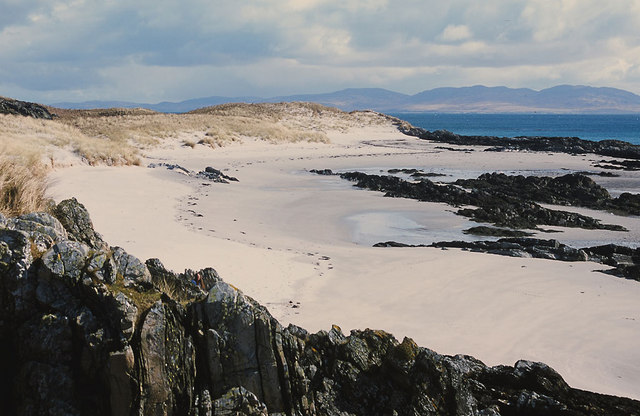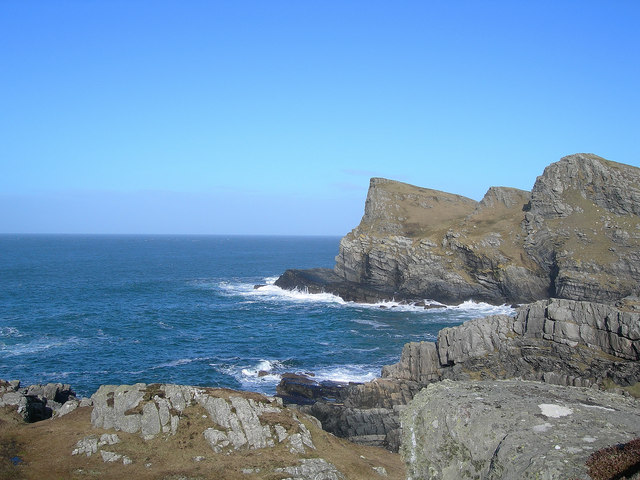Dùn Cholla
Heritage Site in Argyllshire
Scotland
Dùn Cholla

Dùn Cholla is a historic site located in Argyllshire, Scotland. This ancient fort is situated on a rocky outcrop overlooking the Sound of Jura, offering stunning views of the surrounding landscape. The site is believed to have been inhabited since the Iron Age, with evidence of settlements dating back over 2,000 years.
The fort consists of a series of stone walls and structures, including a well-preserved circular stone tower. The site also features a number of underground chambers and passageways, some of which are thought to have been used for storage or as living quarters.
Dùn Cholla is of significant historical and archaeological importance, providing valuable insights into the lives and cultures of the people who once inhabited the area. The site has been designated as a scheduled ancient monument, ensuring its protection and preservation for future generations to enjoy and learn from.
Visitors to Dùn Cholla can explore the site's ruins and take in the breathtaking views of the surrounding countryside. Interpretive signs and information boards provide further context and background on the fort's history and significance.
If you have any feedback on the listing, please let us know in the comments section below.
Dùn Cholla Images
Images are sourced within 2km of 56.045/-6.215 or Grid Reference NR3791. Thanks to Geograph Open Source API. All images are credited.
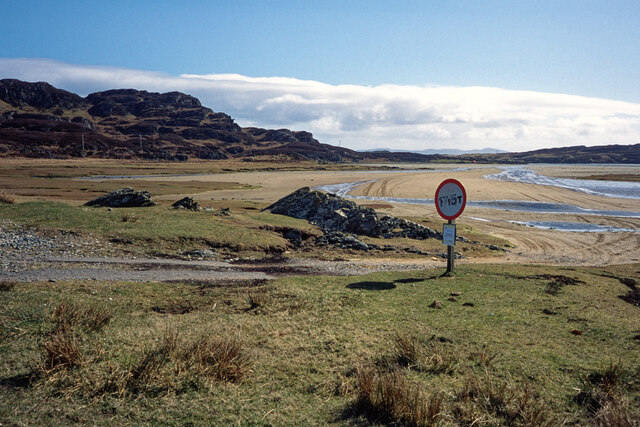
Dùn Cholla is located at Grid Ref: NR3791 (Lat: 56.045, Lng: -6.215)
Unitary Authority: Argyll and Bute
Police Authority: Argyll and West Dunbartonshire
What 3 Words
///stocked.slugs.removing. Near Scalasaig, Argyll & Bute
Nearby Locations
Related Wikis
Dùn Cholla
Dùn Cholla is a hill fort located on the Inner Hebridean island of Colonsay, Scotland. The site is located at grid reference NR37759150.According to tradition...
Colonsay Airport
Colonsay Airport (Scottish Gaelic: Port-adhair Colbhasaigh) (IATA: CSA, ICAO: EGEY) is located on the island of Colonsay, Argyll and Bute, Scotland. Located...
Colonsay Group
The Colonsay Group is an estimated 5,000 m thick sequence of mildly metamorphosed Neoproterozoic sedimentary rocks that outcrop on the islands of Colonsay...
Colonsay
Colonsay (; Scottish Gaelic: Colbhasa; Scots: Colonsay) is an island in the Inner Hebrides of Scotland, located north of Islay and south of Mull. The ancestral...
Nearby Amenities
Located within 500m of 56.045,-6.215Have you been to Dùn Cholla?
Leave your review of Dùn Cholla below (or comments, questions and feedback).

